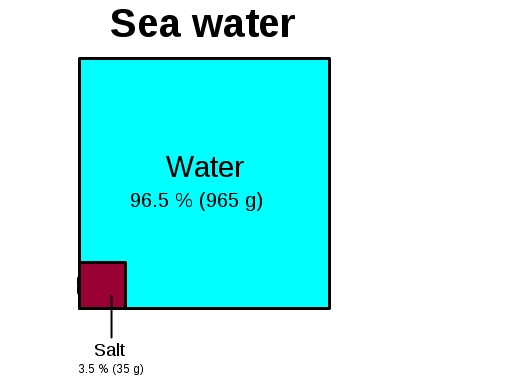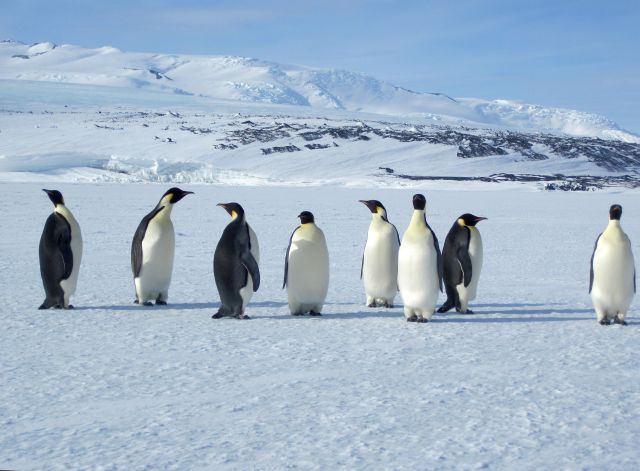You can contact LEARNZ, part of CORE Education, at:
Postal Address:
PO Box 13 678,
Christchurch 8141,
New Zealand
Cold water sinks. Salty water sinks. Warm water floats. Fresh water floats.
The average temperature of the sea is about 2°C. The average surface temperature is about 17°C.
Cold water is heavier than warm water and sinks below warm water.
Watch this video demonstration![]() that shows cold water sinking below warm water.
that shows cold water sinking below warm water.
Salinity is a measure of how much salt there is in water. Ocean water has a salinity of about 3.5% salt. One litre of seawater contains 35 grams of salt - that is approximately 6 teaspoons.
Salt water has more stuff in it than fresh water. That stuff would be the salt, which makes the mass of water greater, without adding much to its volume.
Seawater is more dense than fresh water so it sinks beneath freshwater. This means that when rivers flow out into the sea the river freshwater floats on top of the sea water. However when the wind blows and the sea becomes rough, the two waters get all mixed up.
The winters in the Arctic and the Antarctic are extremely cold. The surface waters of the Arctic and Antarctic oceans become very cold and finally freeze.
When seawater freezes to form sea ice, salt is squeezed out and moves down into the water.
So, ocean currents are formed because dense water (cold and salty) sinks.

,A demonstration that hot water floats on top of colder water. Image source.

,Salt in seawater. Image source

Antarctic sea ice is made up of mostly fresh water. The salt has been squeezed out, and sinks into the sea below. Image LEARNZ
Next step learning: Find out about the special sea conditions in the Fiords of Fiordland where the sea has fresh water on the surface.